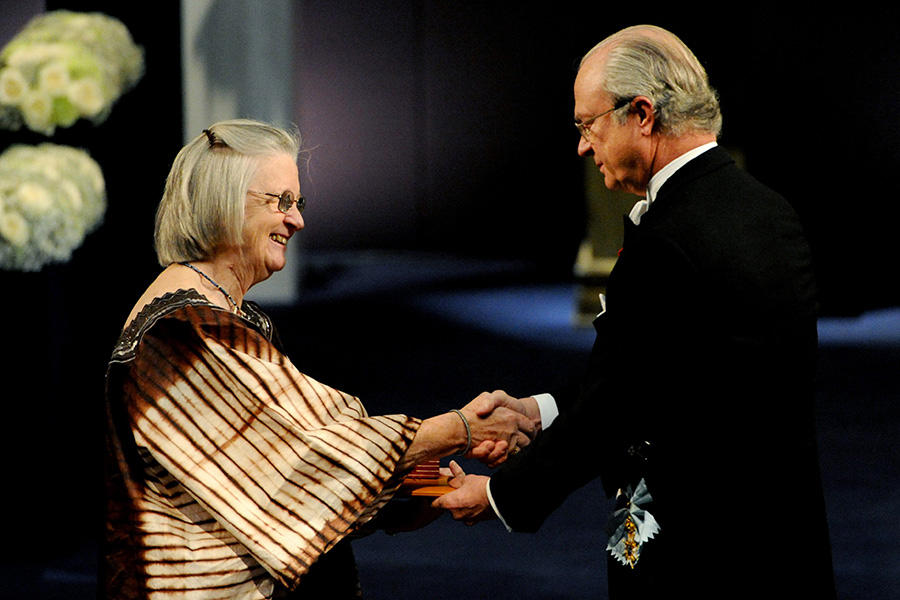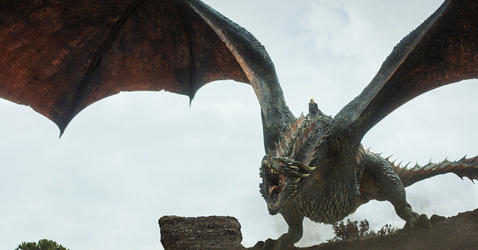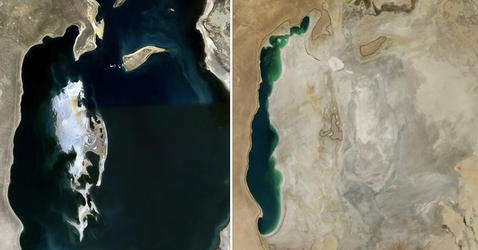You are here
Debunking the Tragedy of the Commons
In December 1968, the American biologist Garrett Hardin (1915-2003) published one of the most influential articles in the history of environmental thought.1 Published in Science, it described a social and ecological mechanism that he called the Tragedy of the Commons. The concept was soon being widely cited in academic circles, as well as by journalists, ecologists, government authorities and politicians. Many saw it as a scientific justification for the state control or (more often) the privatization of resources and ecosystems. Today, our historical perspective and improved understanding show this line of thinking for what it is: a misconception with no concrete basis, skewed by a highly ideological perception of social systems.
Green pastures and experimentation
The biologist’s reasoning was based on a thought experiment. Hardin cites the example of a pasture jointly owned by a group of herders, where each grazes their cattle. What happens when one herder buys a new cow, and releases it on the commons? Once the animal is fattened, the breeder can sell it and earn a certain amount of money, thus becoming wealthier by +1.
But that’s not all: adding another cow implies using a bit more of the grass resources. This means that each bovine has a little less grass to eat and fattens that much less. However—and this is the main point—this negative effect is shared among the cattle, while the sale of the extra cow benefits only its owner, who gains +1 and loses only a fraction of –1. It is therefore in the farmers' interest to add another animal, as their profit is always higher than their loss.
As more and more cows are added, the pasture is overgrazed and ultimately ruined. As Hardin explains, even though they are aware of the coming catastrophe, the herders are caught up in an inexorable logic that makes them destroy the resource that they depend on for their livelihood. Right to the brink of disaster, it is still in their best interests to earn more by adding a new animal—hence the biologist's choice of the word “tragedy” to underline the idea of an inescapable chain of events, as in a Greek tragedy.
The conclusion is cut and dried: communal ownership of a resource is inimical to its sustainability. To avoid its destruction, Hardin insists, there are only two solutions: either divide it into individually owned lots or turn its management over to a higher authority. The only options are private property or the State.
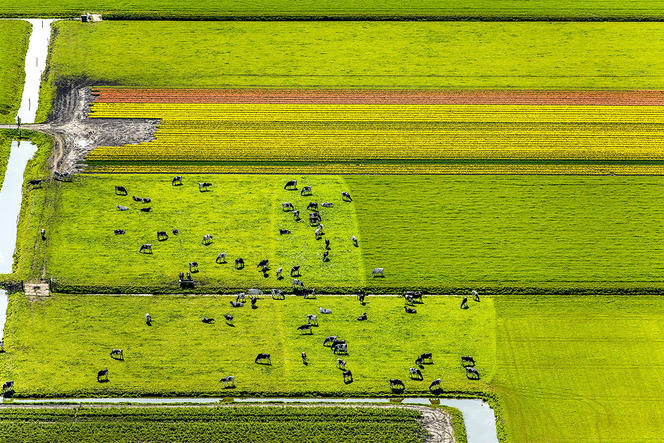

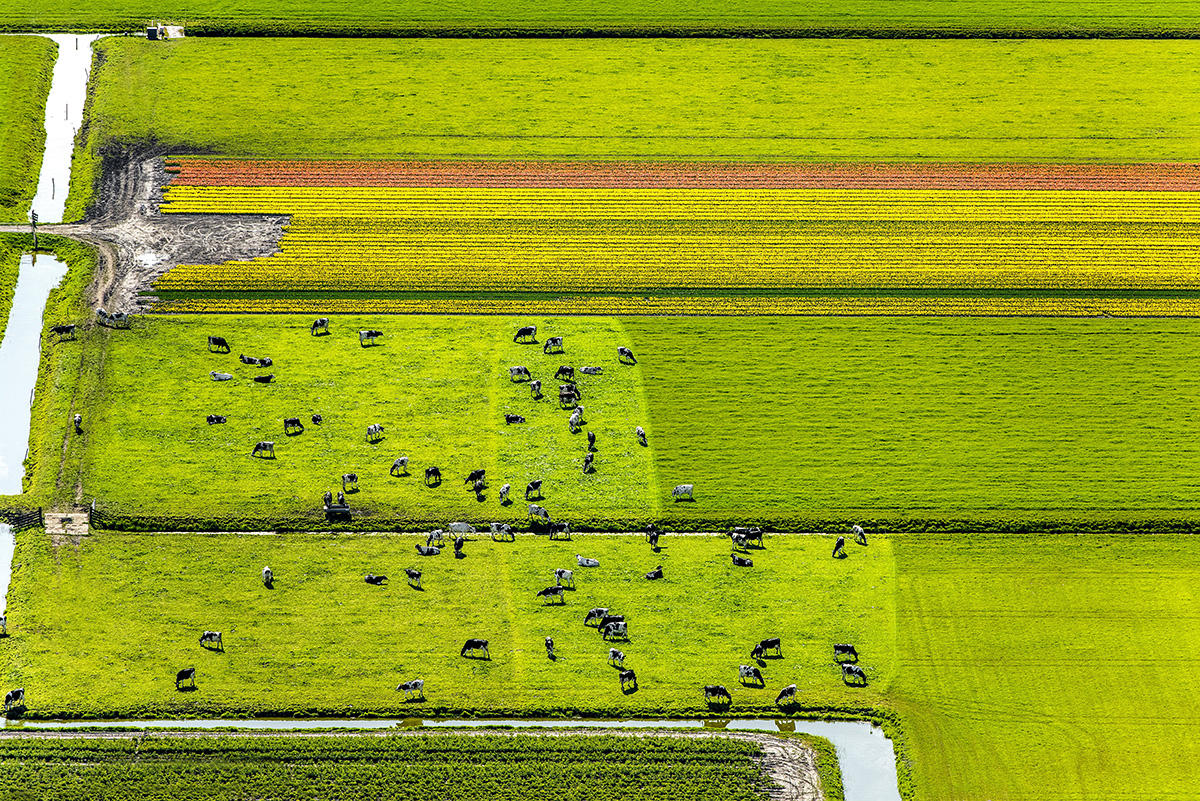
State against private property
The impact of this argument was far-reaching. Economic thought strengthened this influence by associating the expression “tragedy of the commons” and the image of the pasture with analogous but more sophisticated scenarios in microeconomics and the economy of “externalities.”
One of the reasons for the appeal of Hardin’s analysis, at least at first, was its “either-or” conclusion. It can be cited both by partisans of government intervention and by those who favor an open market. However, with the rise of neoliberalism as a school of thought and a sociopolitical force, the “tragedy of the commons” was rapidly reduced to an argument in favor of private ownership.
In the 1980s and 1990s, Hardin’s pasture story was popular among US government administrations, international institutions and companies promoting privatization and free-market environmentalism. The reasoning was applied to forest resources, water catchments and farmland, as well as the atmosphere and oceans, to which the logic of appropriation is extended through privatization or the creation of usage rights markets.
A historical and conceptual error
At the same time, those decades also witnessed a complete overhaul of the scenario, which had been called into question from the word go. First of all because it is based on a highly unlikely behavioral model. The reasoning holds only if one presumes that the herders' sole motivation is individual interest, limited to financial gain. Moreover, it implies that the breeders are unable to speak, as they seem incapable of communicating to regulate the use of the pasture. This is in fact a gross historical and conceptual error on Hardin’s part: he is confusing what he calls the “commons” with open access situations in which everyone can use a resource at will. Yet the term designates something else entirely: the institutions through which communities around the world have managed—and continue to manage—shared resources, often quite sustainably. This can mean pastureland, but also forests, fields, peat bogs, wetlands, etc., that are in many cases vital to their survival.
The “Tragedy of the Commons” denies the effectiveness of these organizations, associating good management only with the state or with privatization. Since the 1970s though, the social sciences have empirically documented hundreds of cases of communities past and present that sustainably manage their resources as communal property. The political economist Elinor Ostrom (1933-2012) won the 2009 Nobel Prize in Economic Sciences for her study of rule systems for the organization of such “commons.” Hardin’s reasoning is now outdated—which does not prevent it from being perpetuated in certain media, militant or political circles.
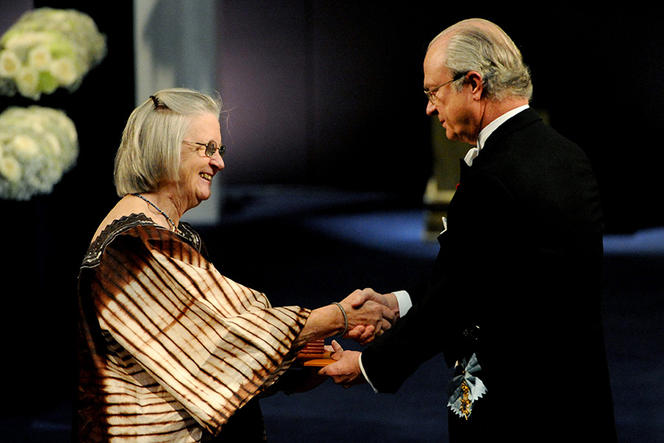
A Malthusian concept
Since its publication in 1968, the underlying goal of Hardin’s article has also been overlooked. Its author was a biologist, but above all a fervent advocate of neo-Malthusianism. His paper was primarily intended to condemn the urge that causes people to reproduce indiscriminately, to the point of depleting their natural resources. In his metaphor, the animals that the herders keep adding to the pasture are also their children, who take an ever-greater share of the community’s assets. In this case as well Hardin suggested two solutions: either state control over human reproduction or the creation of “birth rights” that could be monetized and traded—a combination of state coercion and market ideology characteristic of the Cold War thinking that was the (so-called) “tragedy of the commons.”
The analysis, views and opinions expressed in this section are those of the authors and do not necessarily reflect the position or policies of the CNRS.
- 1. Fabien Locher, “Cold War Pastures. Garrett Hardin and the ‘Tragedy of the Commons’,” Revue d’Histoire Moderne et Contemporaine, 60(1), 2013, pp. 7-36


